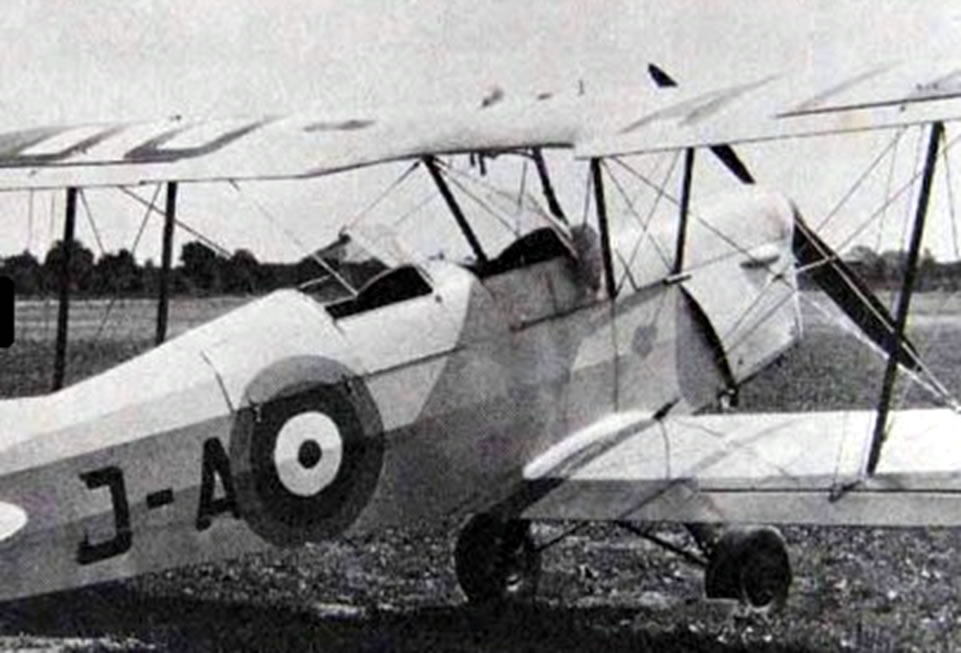DONNET, Michel GL (#157)

#157
Lieutenant-General Aviateur Baron Michel G L ‘Mike’ DONNET CVO DFC Légion d’Honneur, Croix de Guerre avec Palme.
Aviation Militaire Belge (Belgian Army Air Force)
Alan Pollock’s Rough Notes:
A work in progress – the fuller biographies will emerge in due course: please sign up to the Newsletter (bottom of the page) and we’ll let you know when we’ve done more justice in writing up our extraordinary signatories.
Belgian aviator who, with Leon Divoy, flew in a dramatic escape to Essex at night on 5th July, 1940 in a stolen Stampe (an old biplane similar to a Tiger Moth) near Germans and Waterloo. After they both joined the RAF, he went on to fly Spitfires with 64 Sqn OC 64 & 350 Belgian Squadrons.
“For three months, the…men cycled 20 miles at night to the hangar, replacing missing parts and manufacturing others before refitting them to the aircraft under the noses of the Germans. They also managed to acquire enough fuel for the aircraft by purchasing it on the black market from a Luftwaffe mechanic.
After a couple of false starts (due to the unsuspecting Germans changing the locks to the hangar and the engine failing to start) Donnet and Divoy crept into the hangar on the night of July 4/5 1941 in their Belgian Air Force uniforms, wheeled out the aircraft, started the engine and took off for England.
With virtually no aircraft instruments, they climbed to 10,000ft and crossed the English Channel, intending to land in Kent. Steering by the Pole Star they eventually crossed the English coast, and, with their meagre supply of fuel running out, landed in a field to discover that they were near Clacton in Essex.
Among those who met them at the local police station was the immigration officer from Harwich. Like Donnet, the vintage aircraft was pressed into RAF service for the duration of the war.” (Daily Telegraph Obituary of Mike Donnet)
‘Representing the Belgian Air Force, on behalf of literally hundreds of Belgian and French aircrew, whose later exploits and usefulness to the Allied Air Forces so rewarded their early efforts to escape – at times in direct contravention to their own higher military authorities and orders. The dramatic, even at times nigh miraculous but well earned, good fortune and escape (after patient intelligence, careful planning, manufacture of instrumentation, obtaining illicit black market high octane aviation petrol from the only source, the local Luftwaffe), by night take-off, within earshot of a guarded German chateau, by ex-Pilot Officer Cadets Leon Divoy and Mike Donnet became a classic story of daring improvisation and initiative.
‘Mike had been on pre-war No.9 Squadron Belgian Air Force with reconnaissance Renards (560h.p. Rolls Royce Kestrel engine) at Bierset near Liege, and Leon Divoy on No. 3 Sqn, flying Fairey Foxes (850h.p. Hispano), before the war of ‘10th May, 1940’ interrupted Belgium’s neutrality and their officer training at Evere. After invasion, air operations in a chaotic environment, an attempted escape (his friend Lt Didier made thirteen!) and 6 months of incarceration, and a Jan41 release return to near Brussels, their plot was hatched in April and, not without many adventures, mishaps, setbacks and other loyal friends’ help, lying up on Friday, Fourth of July, appropriately Independence Day, they bounced off into the dark night sky westwards at 3 a.m. in their stolen Stampe SV4 from the Forêt de Soignes near Chateau Thierry d’Huart and Waterloo, landing at Thorpe-le-Soken, after frequent cough, splutter and power losses and recovery low over the sea, surprising the local constabulary and the local Royal Observer Corps’s tracking and its (later Sir) Peter Masefield, a founder ‘Hearker’ (and Signatory 282).
‘Exactly one month later Mike Donnet soloed in the Spitfire at Heston and with Leon Divoy (who later survived mid-air collision on 4Apr42 op) joined 64 Sqn at Turnhouse, OC Sqn Ldrs Barrie Heath DFC, D Kain, B J Wicks DFC and Duncan Smith DFC* (Signatory 36) when down to Hornchurch (Station Cdr Signatory 22 Gp Capt Harry Broadhurst DSO DFC* AFC) and Spitfire Vbs in Nov.41 for Wing fighter sweeps, bomber escorts (often Bostons but then training up USAAF B-17 Fortresses) and Rhubarbs. Later 64 after a rest became the first Sqn to re-equip with the Mk IX required for FW190s and giving Mike his first kill against them in July just before Dieppe; more escorts and promotion to Flt Cdr, witnessing American 133 and 403’s tragic too early descent into a sucker hole over Brittany not Cornwall – a DFC after 100 operational sorties followed in January [17 friends piled into a single taxi while celebrating]. After new Zealanders Colin Gray DFC’s and Bill Crawford-Compton DFC*’s tenures, he took over as OC 64 in March, 1943, with many nationalities including the Greek Rhodesian, Johnny Plagis. First 64 had re-deployed to Ayr, then Friston and Gravesend, West Malling (where Signatory 12 Gp Capt Peter Townsend DSO DFC* then was CO) and then to Coltishall (Signatory 43 Wg Cdr Laddie Lucas DSO DFC Wg Ldr) and low level strikes against V~1 sites, more escorts now of Beaufighters and Mitchells before a Fighter Leader course at Aston Down including ground attack before his command of No. 350 Belgian Sauadron Mar-Oct44 Spitfire IXs on Ramrod strikes, shipping recce and beachhead cover on the ‘Longest Day’ over the D-Day armada from Friston, again under Don Kingaby, Westhampnett and liberated and 12 Belgian pilots in 350 Spitfires under Sqn Ldr Donnet flew over their native Brussels next day in a flypast salute and dropping a Belgian tricolour over their capital.’ In March 1945, he also flew the escort for Operation Carthage, the Copenhagen Gestapo Raid (c.f. Signatory 10, Bridie Murphy).’ [ARP]



